Give Milan, Italy’s powerhouse of finance and fashion, a chance to reveal her finery and she will reward you handsomely.
First impressions aren’t always flattering of Milan. Extensively bombed during World War II, the central city skyline resembles an architectural lasagne of the venerable, the hastily built brutalist and glass-and-steel skyscrapers. But give this Italian powerhouse of finance and fashion a chance to reveal her finery and her personality, and you’ll be handsomely rewarded.
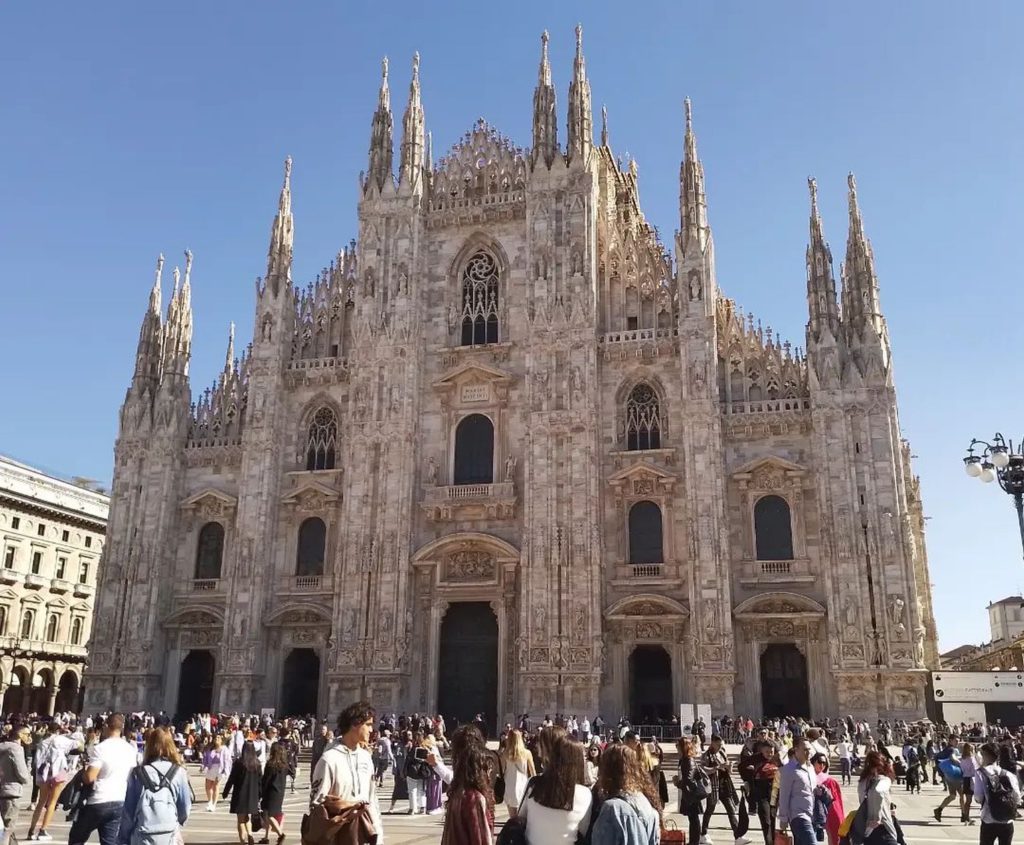
The obvious sightseeing contenders start with the cream-marbled Duomo, Milan Cathedral, which is not only the largest Gothic church on the planet, but the third largest cathedral, of any style, on Earth. Lustily adorned with 135 spires and 3200 statues, it’s a heart-stirring masterpiece that first gave rise in the 14th century. If you have the stamina for a vertical climb, zip up to the roof for the panoramic views that stretch as far as Switzerland. On my recent swing through the city, the crowds on the piazza were out in force: the tourism renaissance has fully flowered in Milan.
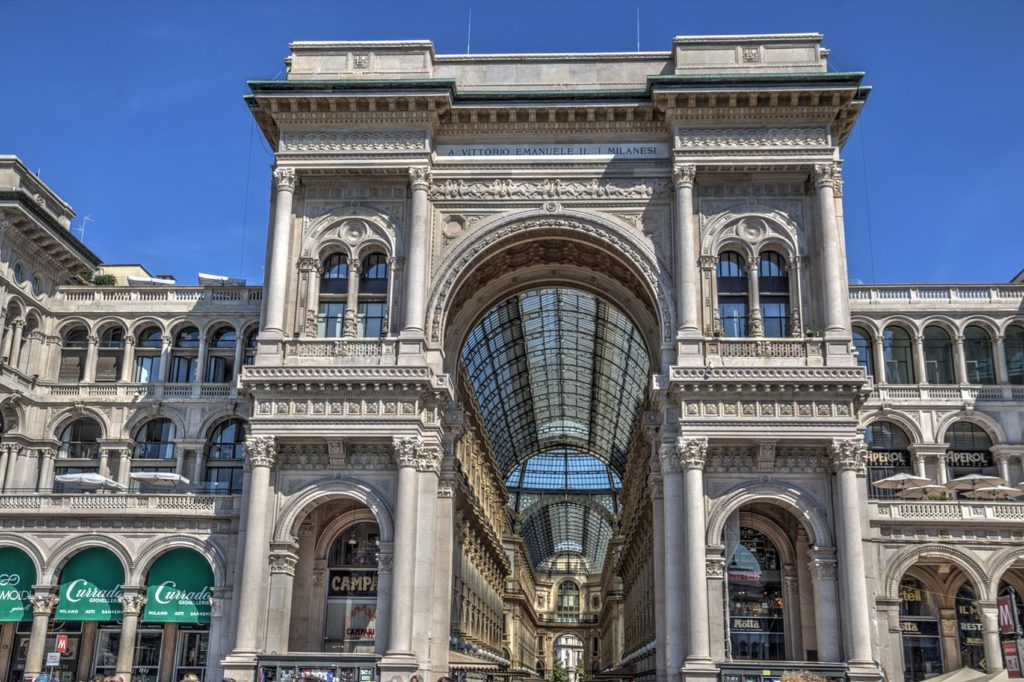
To the left of the Duomo, enter the soaring archway of Galleria Vittorio Emanuele II, constructed to celebrate Italy’s unification in 1861. Taking 14 years to build, the innovative designer, Giuseppe Mengoni, tragically plummeted to his death just days before the mission was accomplished. (Locals believe that you can avoid Mengoni’s bad luck by rubbing your heel into the testicles of the mosaic bull on the floor.) Arguably Europe’s most glamorous shopping centre and shaped like a crucifix, it boasts designer boutiques, posh cafes and Milan’s most famous restaurant, Savini. Billed as the oldest shopping centre in the world, it is retail therapy, or window browsing, in excelsis. If you want to take your Galleria love-affair even further, you can stay over, with an all-suite, impossibly luxurious hotel, Seven Stars Galleria, open for business. A seriously lofty perch for extended people-watching.
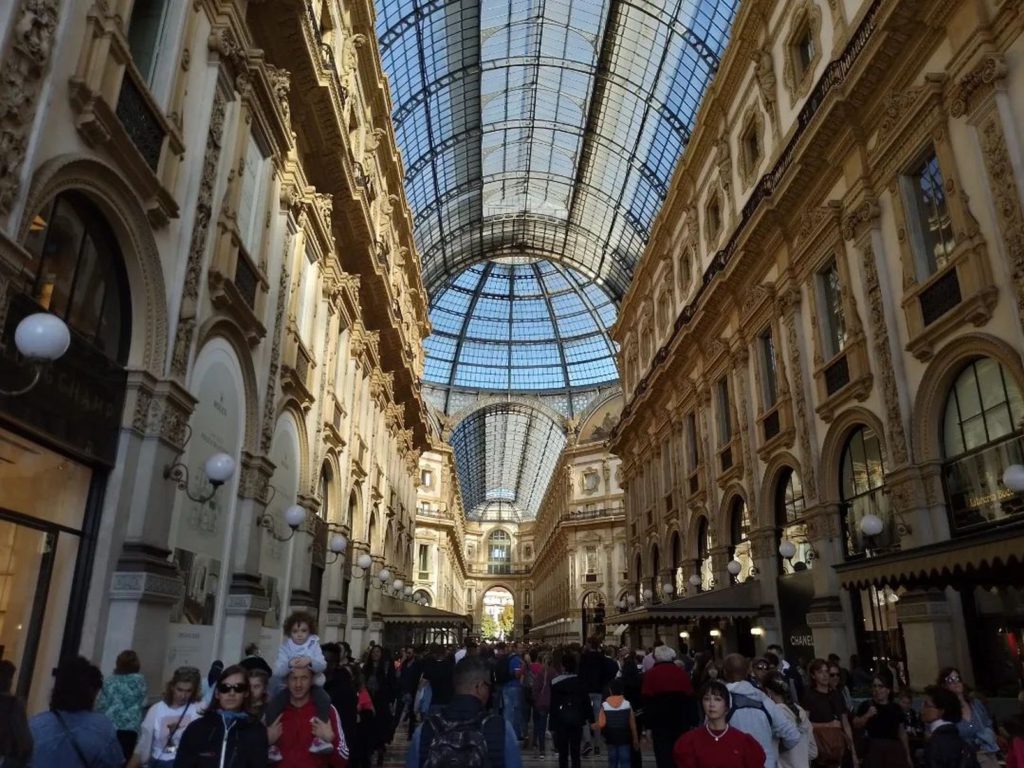
The far archway leads you out of the galleria and into another evocative Milanese square, Piazza della Scala, adorned with a statue of Leonardo Da Vinci overlooking Teatro La Scala. Before heading there, check out Leonardo3 Museum is a hot new draw. Why Leonardo 3? There are more than two hundred interactive 3D reconstructions of his inventions and contraptions. Everything from the perpetual motion machine and the mechanical dragon-fly to the rapid-fire crossbow and the multi-cannon gunship. Butit’s his fascination with flight and his assorted flying contraptions that I loved the most. What a true genius, in art and in invention. And the museum also showcases a digital restoration of the Last Supper, so you can see what is missing because of the flaky paint at Santa Maria della Grazie. It’s enthralling.
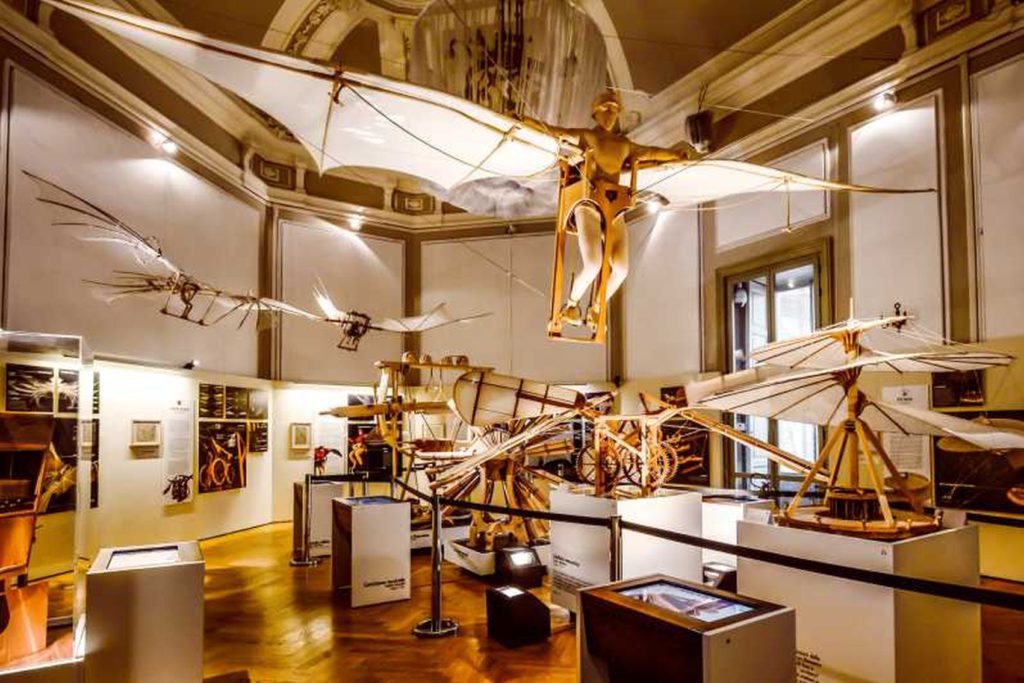
First built in 1778, this legendary La Scala was all but destroyed during WWII, but was rapidly rebuilt and reopened in 1946, such was its universal affection. La Scala has a very austere facade, but its majestic six-tiered and chandeliered interior, bursting with gilded arches and scarlet-silk furnishings are extraordinary. Trying to score tickets to an opera is not easy, nor cheap, but if you want to grab a glimpse of the auditorium’s lavish interior, head next door to Scala Museum where you get to gaze down inside this stupendous theatre.
One of Milan’s favourite sons, Guiseppe Verdi, premiered 10 of his 26 operas at La Scala and on nearby Via Manzoni, take note of the imposing Grand Hotel, an old-school Milanese establishment, where many glittery guests, including Rudolf Nureyev and Margot Fontein didn’t just stay a few nights, but moved in.
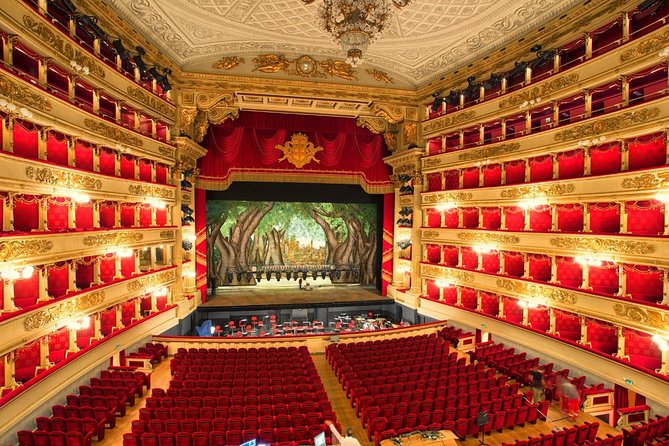
The most famous resident was Verdi, who shifted in 1872 and died in Room 105, in 1901. Horses outside the hotel had their hooves muffled, and the street was draped in carpet to cushion the sound of the carriages, so as not to disturb the dying composer in his last days.
The hotel is actually a time-capsule, to the point that you can book the Verdi Suite, the very room where he died, which has been preserved as a memorial. An assortment of his property remains including the desk where he composed the music for Othello, and rather morbidly, the bed in which he died.
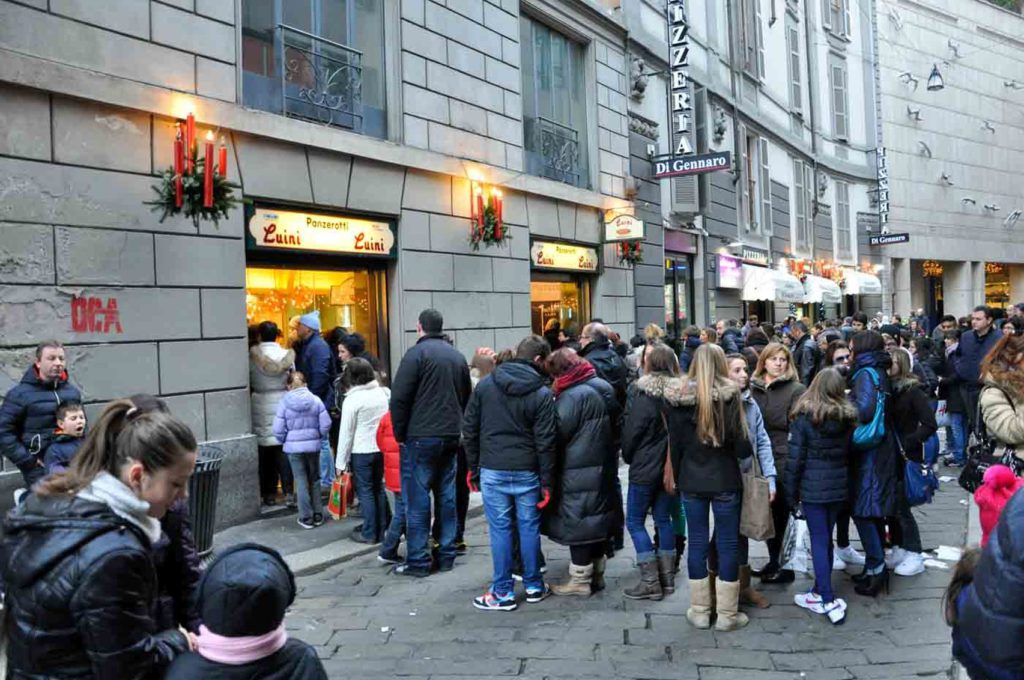
Peckish? Join the queue for Milan’s best street food. Luini makes amazing panzerotti – pillowy fried dough parcels stuffed with tomato and mozzarella. The Milanese have swooned over Luini’s tasty morsels since it first opened in 1888, and now there’s always a line in front of this hole-in-the wall shop, especially at lunchtime. Panzerotti is street food at its best; cheap, cheerful, quick and tasty. Alongside the original tomato and mozzarella, the ricotta and spinach combo hits the spot too as does the mouth-watering spicy salami.
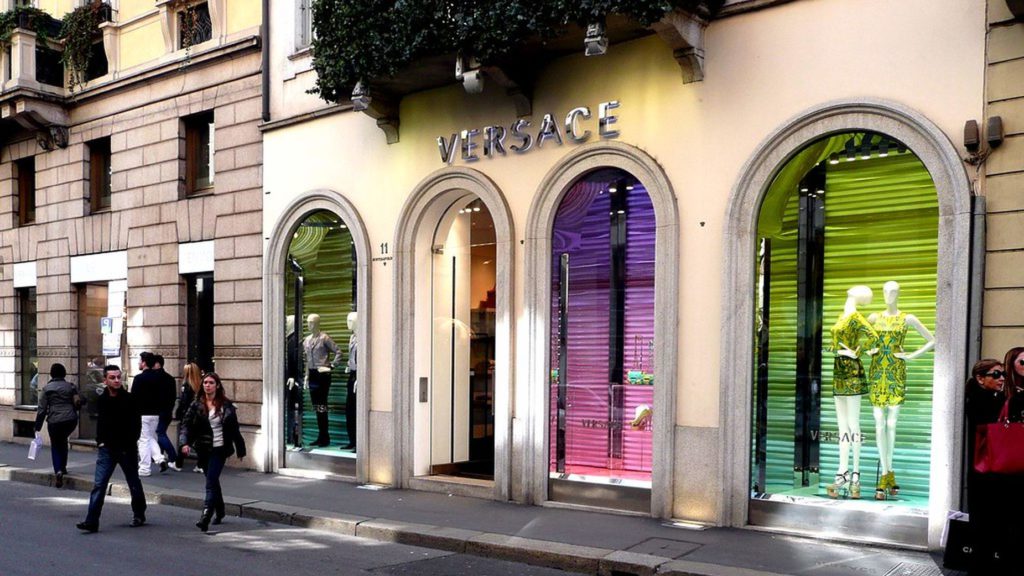
While soaking up the fashion houses in the Golden Quad, enjoy coffee and cake at Caffe Cova. Situated on the nerve centre of the fashion scene street, Via Montenapoleone, where the pavement looks more like a catwalk due to the fine threads flaunted by the passers-by, the café has been business since 1817 and was a second home to all the A-list composers. Order up an espresso and a slice of Cova Panettone, Verdi’s personal favourite – but you may want to stay standing at the bar. Sit down and you’ll pay three times more. Panettone, which originated in Milan, is particularly popular as a Christmas treat, sold year-round at Cova.
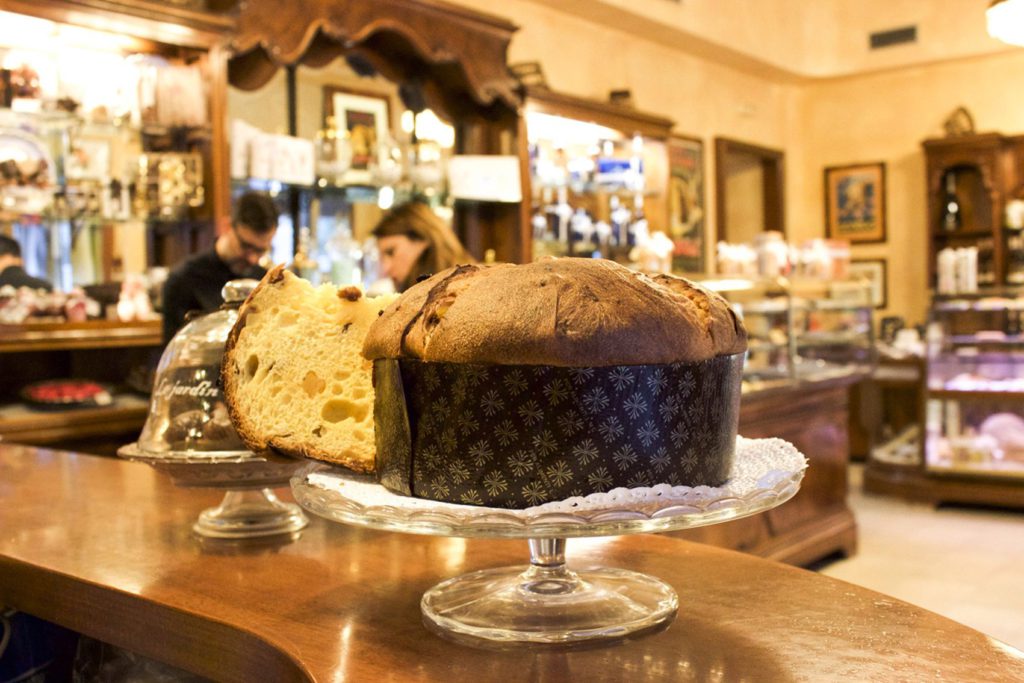
Georgio Armani is slowly taking over Milan and if you want to brunch in one of the runway models’ favourite haunts, head to Armani Restaurant & Cafe, next to the Armani Bookstore on via Manzoni. When the café first opened, the soap dispensers in the toilets were Armani originals worth NZ$1000 a pop, but so many were stolen, they’re now nailed down. The Milanese are formidably fashion conscious, even if it’s just to pop out for a loaf of bread. It’s not hard to soon feel like a scruff when gazing about at the local attire.
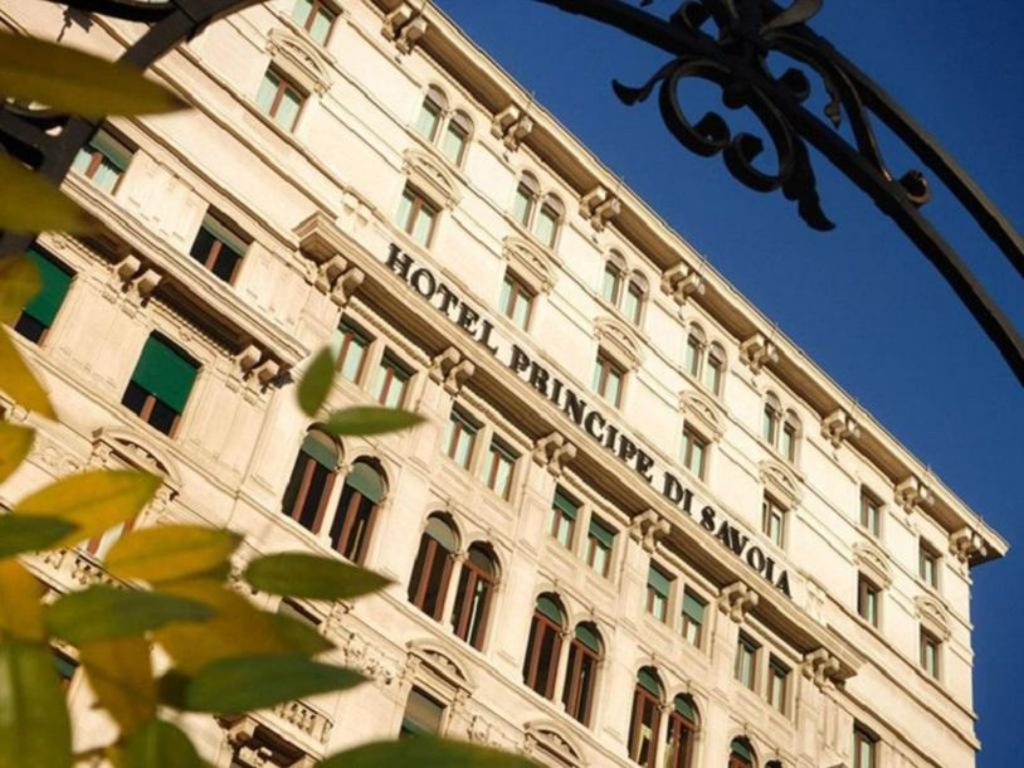
If you really want to splash out in the style stakes, Hotel Principe di Savoia should be your Milanese address. Entering this graceful space, savour the over-the-top marble foyer and reams of polished oak, a time-honoured antidote to the overdose of designer hotels in Milan. There is a neoclassical soul to this hotel, a hospitality temple. No stranger to a host of glamorous stars, this Dorchester Collection hotel is seen as something of an institution in Milan.
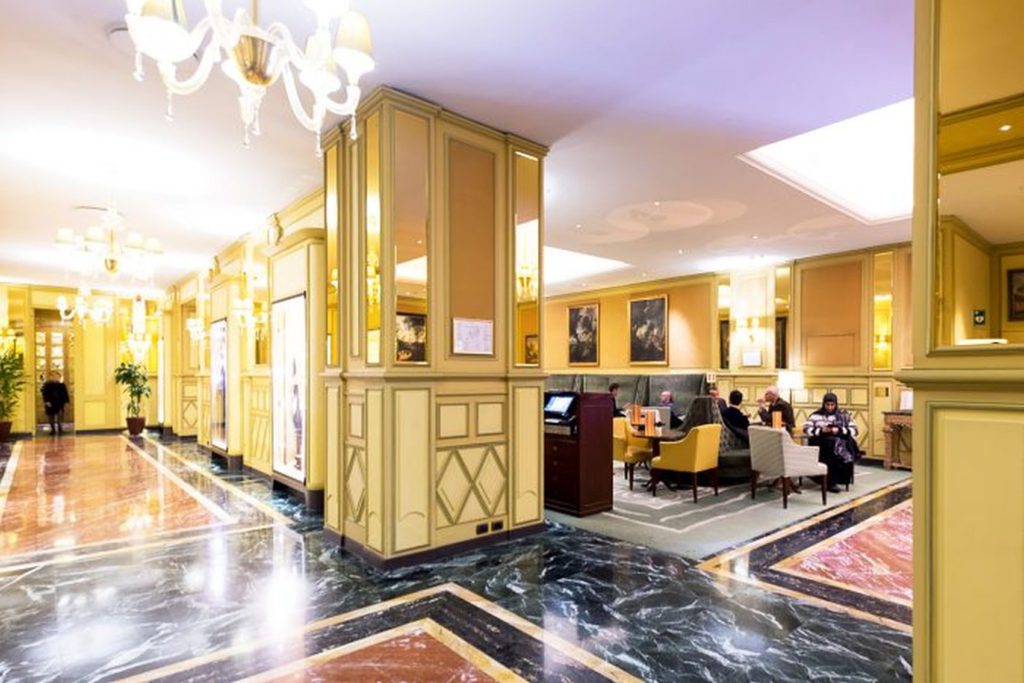
First opening its doors in 1927, the hotel has welcomed Charlie Chaplin, Eva Peron, Maria Callas, and more recently George Clooney, Luciano Pavarotti, Elizabeth Taylor, and Elton John. Frank Sinatra, Robert De Niro and Madonna have all stayed in the presidential suite, which has its own pool. By pure chance, I crossed paths with Sean Penn in the lobby, who looks ridiculously youthful for his age.
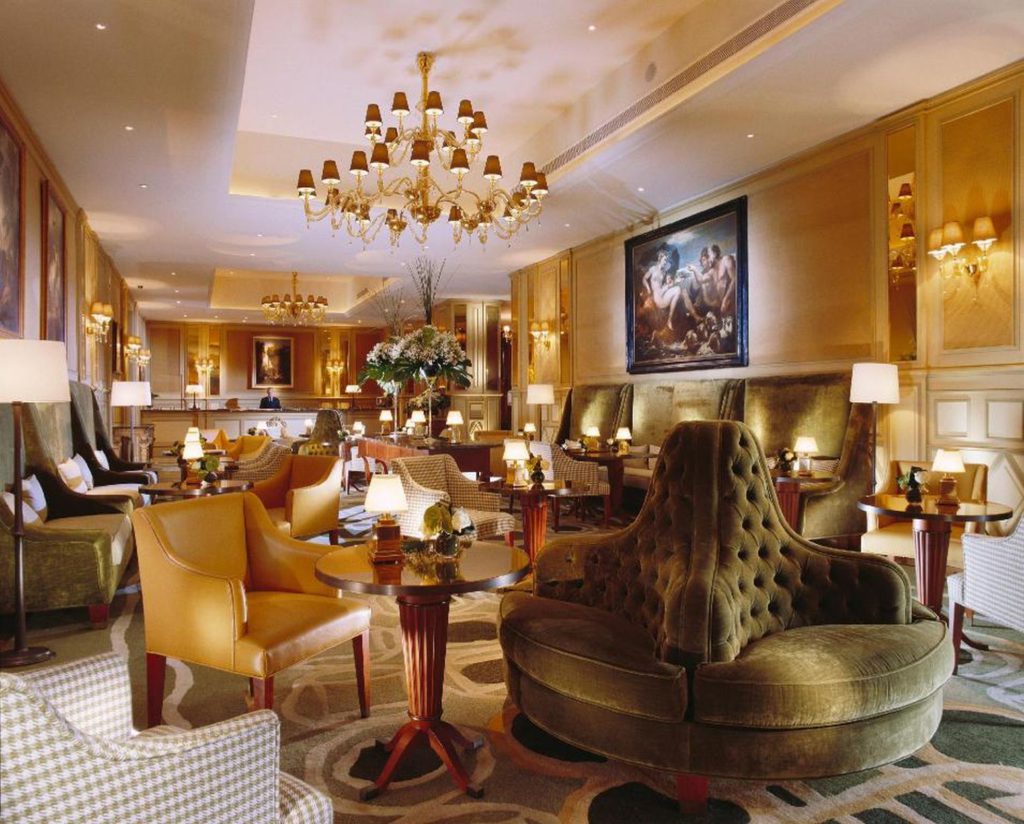
Milan’s grand dame has all the trappings of a landmark luxury hotel. Most of the guest rooms are stately and spacious, where the craftsmanship sings out loud, from mosaics and frescoes to lavish marble bathrooms, equipped with Acqua di Parma toiletries. Guest rooms are bedecked in traditional dark-wood furniture and deluxe fabrics, integrated with all the mod-cons. Staff are exceptionally efficient, unfailingly helpful, effervescent and charismatic.
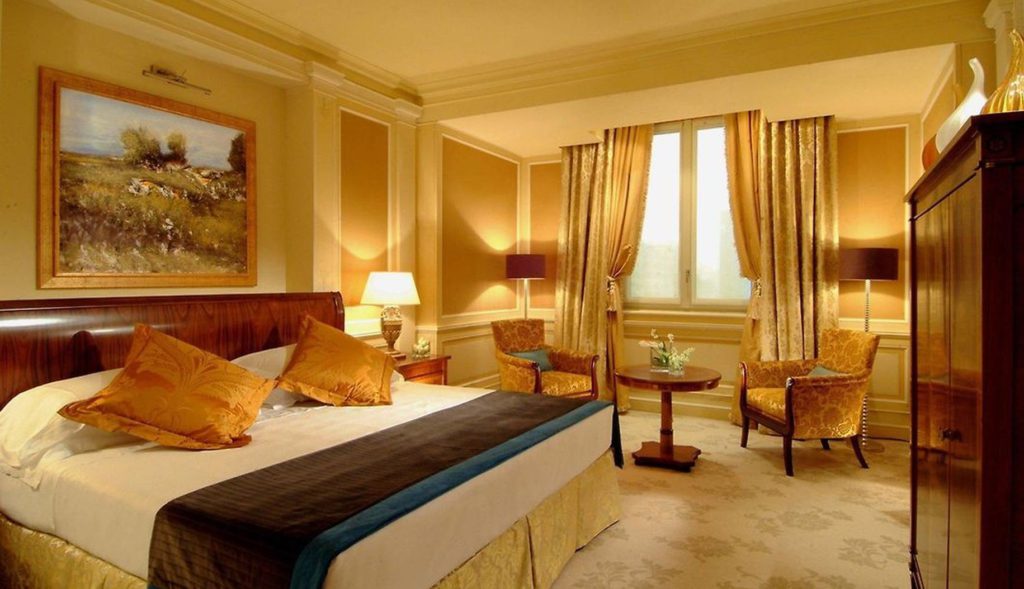
The Principe bar is an elegant aperitivo spot, and the Acanto restaurant has garden seating and is open from breakfast to dinner. The lavish buffet breakfast, complete with bubbles and designer cakes, would have to be one of the most indelible breakfast spreads I’ve experienced. No wonder the hotel’s dining options are such a hit with locals and non-residents, who are always welcome. Lighter food, sneaky treats and High Tea are served with style in Il Salotto reception area. It’s a landmark hotel experience. https://www.dorchestercollection.com
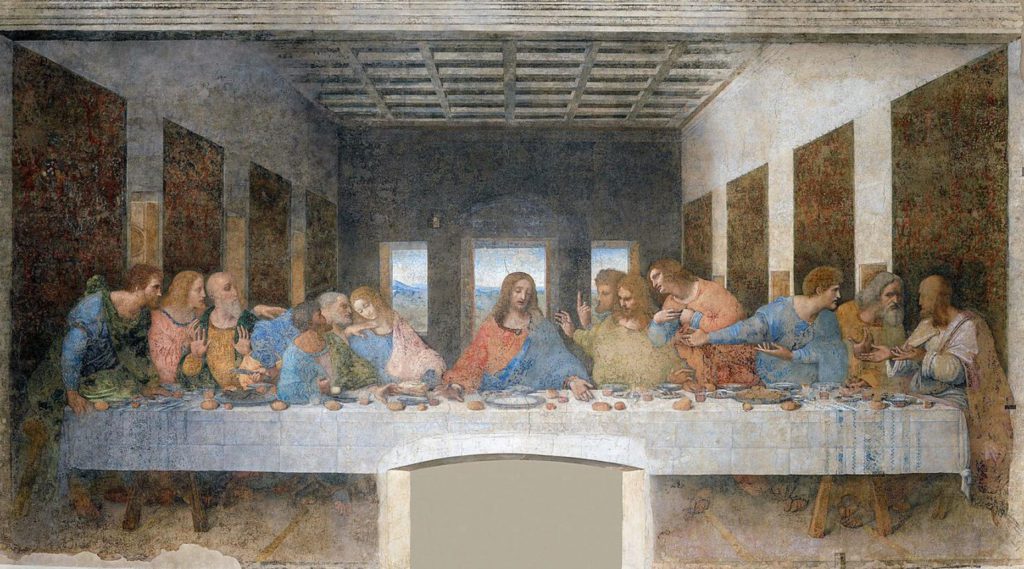
One of Milan’s most adored treasures is also one of the most elusive: Da Vinci’s depiction of The Last Supper. Miraculously surviving the allied bombings, the revered wall mural graces the refectory of Chiesa di Santa Maria delle Grazie. Da Vinci’s evocative work was applied directly onto dry wall, which is the reason for its fragility, and the limited viewing time. The painstaking restoration carried out in recent years is cause for celebration, albeit in a hushed reverential kind of way. I had to pick up my jaw from the floor as I gazed in awe at da Vinci’s Last Supper and its celebrated vividness. Bookings should be made two months in advance, to get your allotted 15 minutes of face-time with the mural. Steer clear of the numerous rip-off ticket touts, trawling the streets (and the internet) offering entrance tickets at exorbitant prices. You shouldn’t have to pay any more than 15Euro. For further information, go to www.cenacolovinciano.org
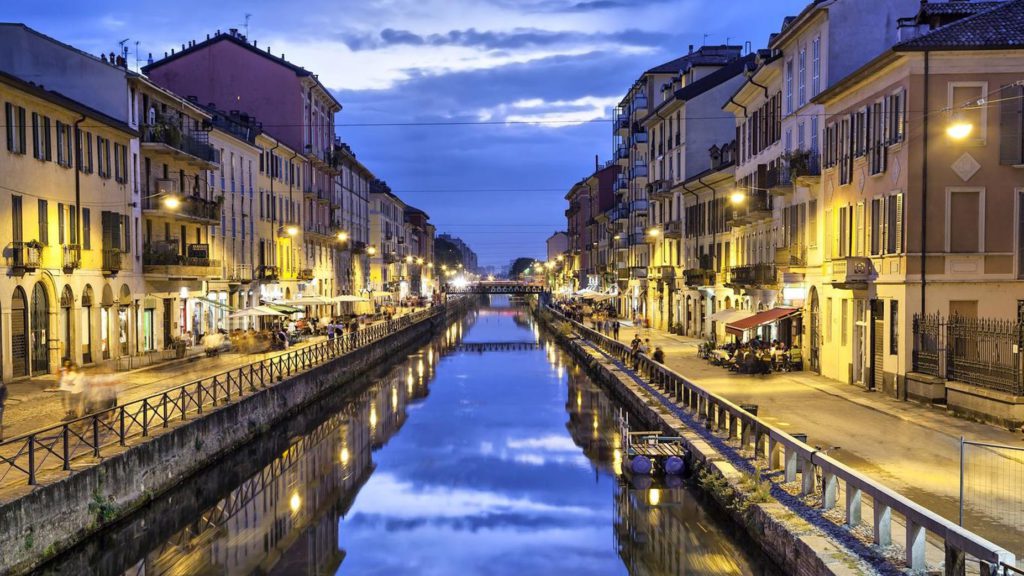
Milan would be a watery world to rival Venice, if the roading network didn’t conceal the labyrinth of streams and canals that lace the city. You can still vestiges of the watery medieval highway in the Navigli district, which beats to a very bohemian vibe and offers one of Milan’s best nightlife scenes, with enticing venues flanking the canal. The Renaissance heralded in the marble-clad architectural flourishes to the Duomo, but it posed a huge logistical problem. How did they transport so many slabs of gut-busting Candoglia marble into the city from the Ossola Valley? Da Vinci came to the rescue, with his canal lock design, that shipped the mountains of pure cream marble through the narrow streets, by raising water levels, one section at a time. Apéritifs occur everyday in the late afternoon to the early evening. For a few euros, you can get drink and food served buffet style. These happy hours are common across all restaurants and are always popular. Navigli has some of the best apéritifs, where people sit outside by the canals and enjoy their late afternoons in true relaxed Italian fashion.
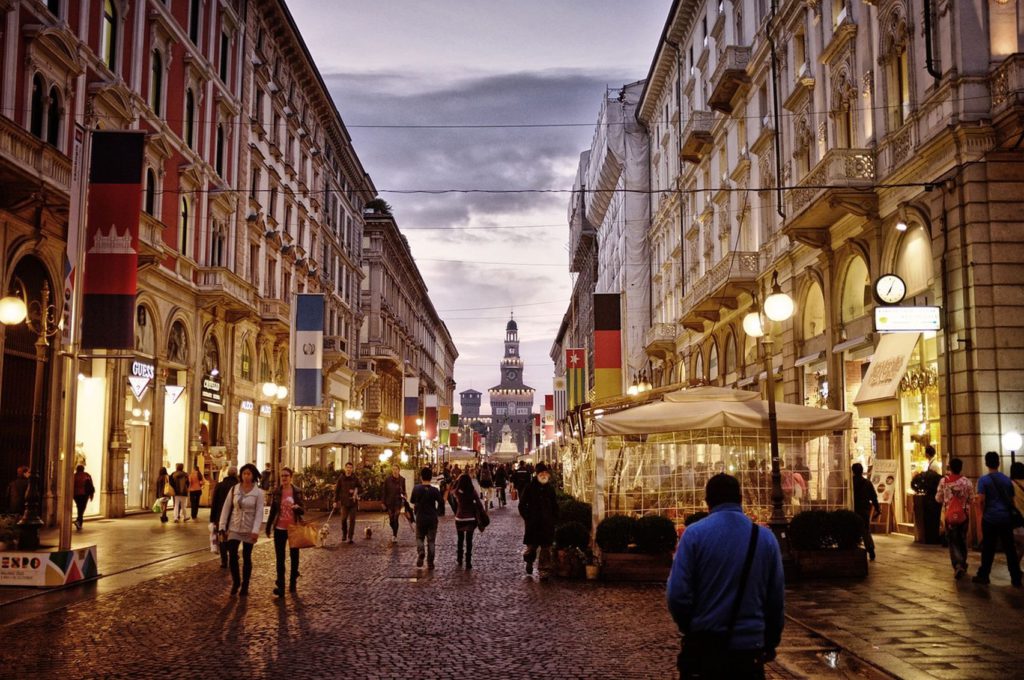
Grab a ticket to ride the wonders of the European railway network with a Eurail Pass. On popular rail routes, it certainly pays to make a seat reservation in advance. Lock in your rail plans ahead of your trip, by booking tickets or a rail pass to suit with Eurail direct. The mobile pass is the way to go. The Eurail app is an excellent initiative, packed with helpful information and benefits, notifying you of any network disruption and enabling you to check timetables, lock in bookings and seat reservations on the go, via your mobile. www.eurail.com
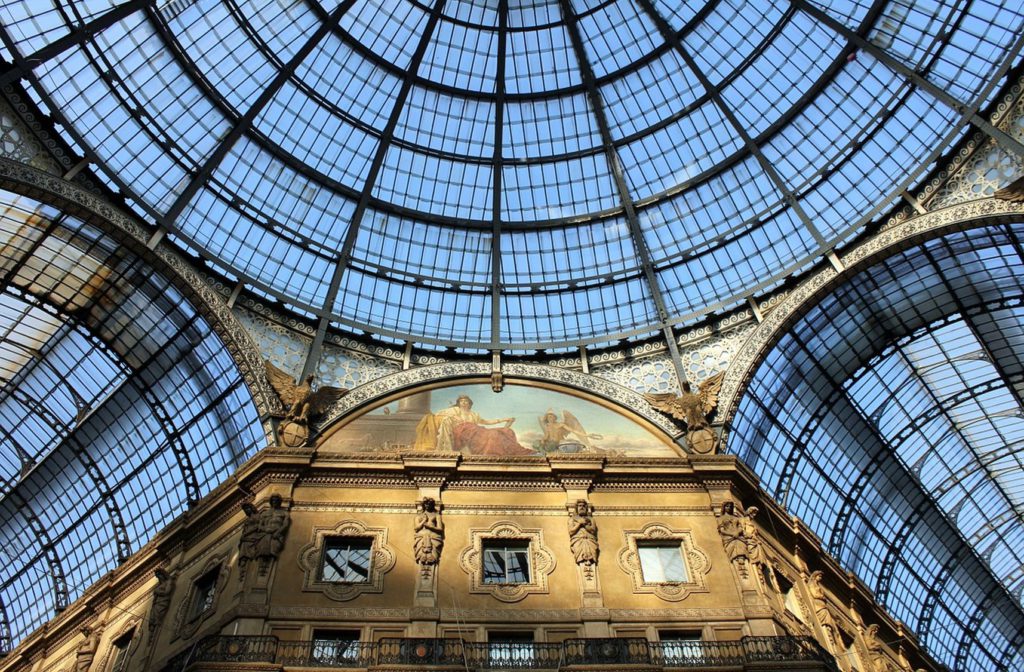
Travel to Europe with Cover-More Travel Insurance, which has you covered with added safeguards, over and above the typical travel cover, for the likes of medical treatment. Their Options Plan Single-Trip policy offers a host of built-in benefits and protections, including cancellation and rescheduling costs if you are diagnosed with Covid-19. Check out the full range of protections and tailor the level of cover to your requirements. Cover-More’s 24 hour global assistance centre is just a phone call away. https://www.covermore.co.nz
Fly to Milan with Singapore Airlines who have proudly connected New Zealand to the world for more than 45 years via its award-winning hub, Changi Airport. Operating daily services out of Christchurch and Auckland, Singapore Airlines’ renowned in-flight dining service, KrisWorld entertainment system, in-flight wifi and meticulous service are all part of the package. For the best fares and seats to suit, head to https://www.singaporeair.com

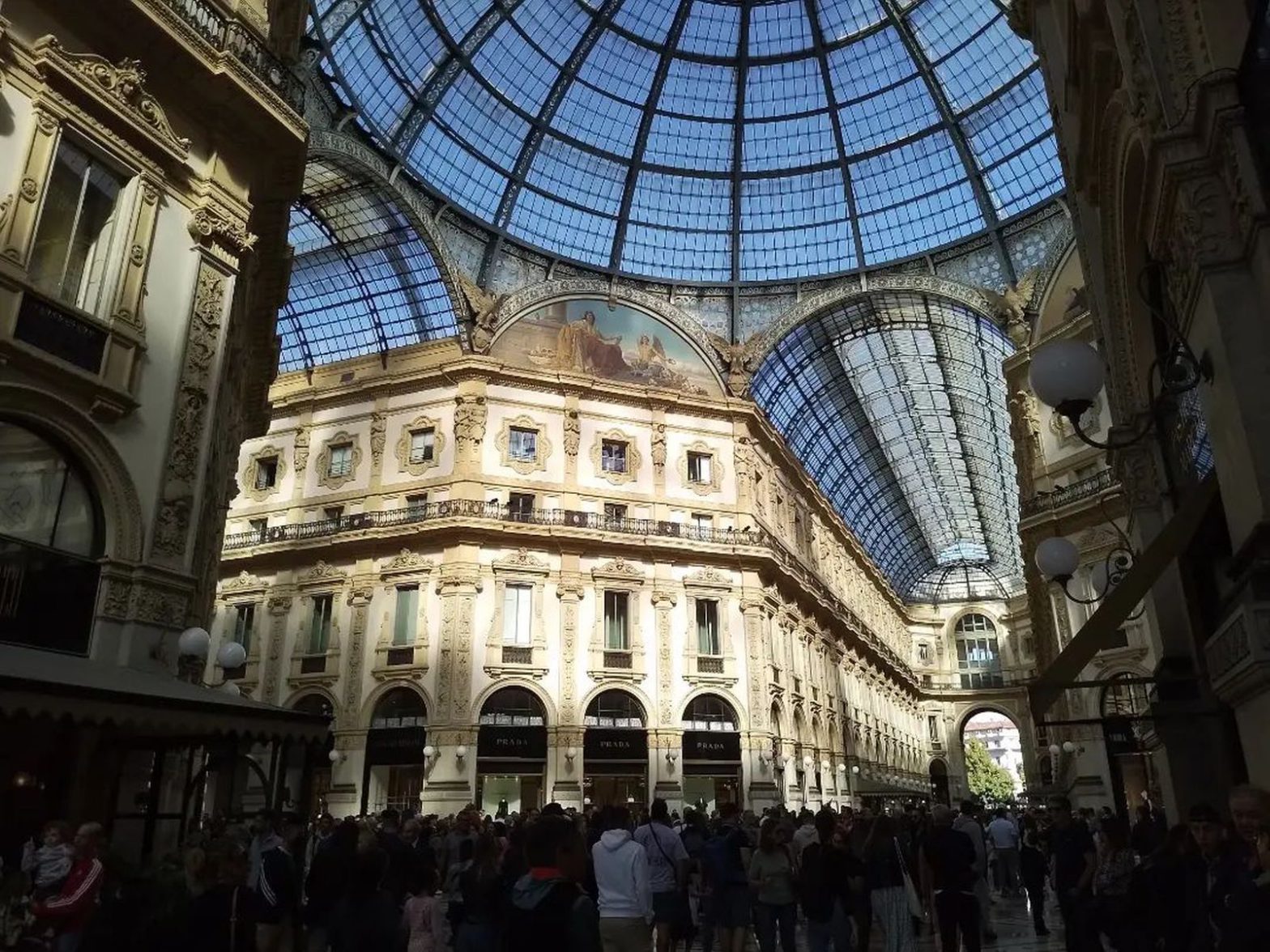


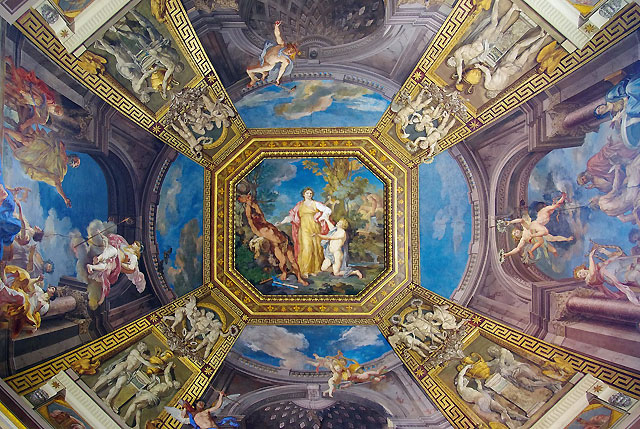
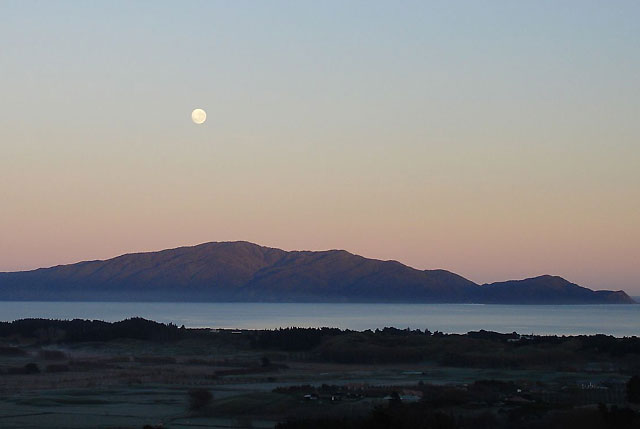

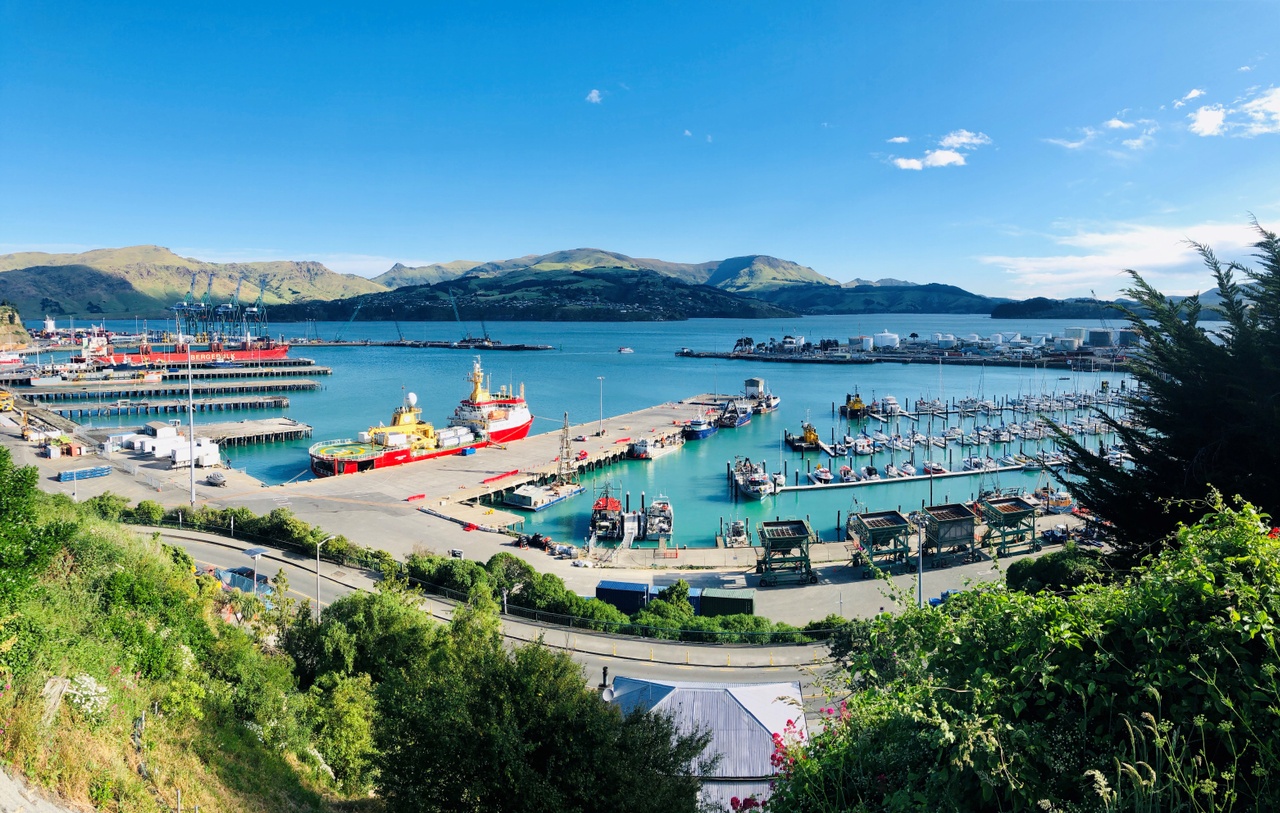
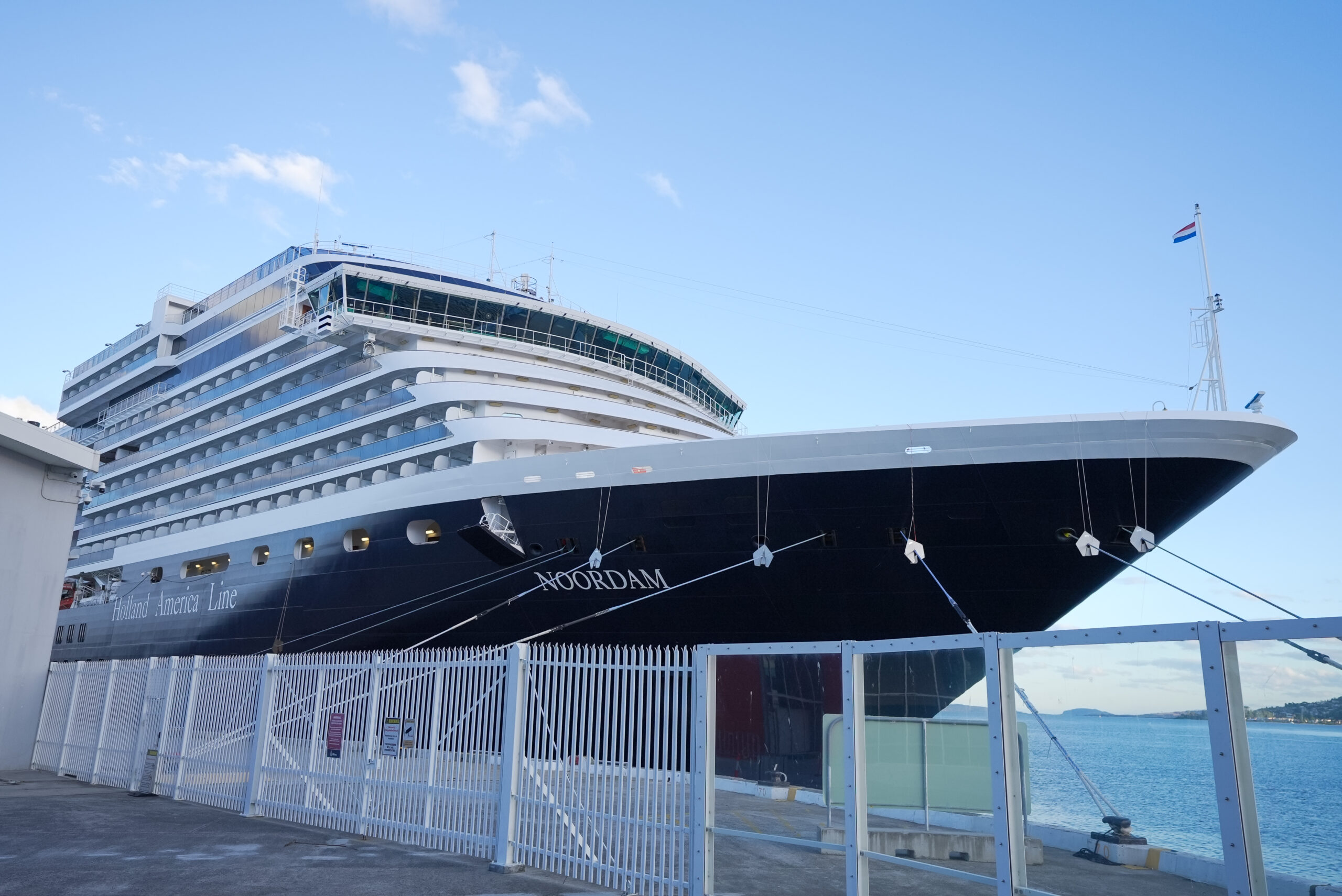
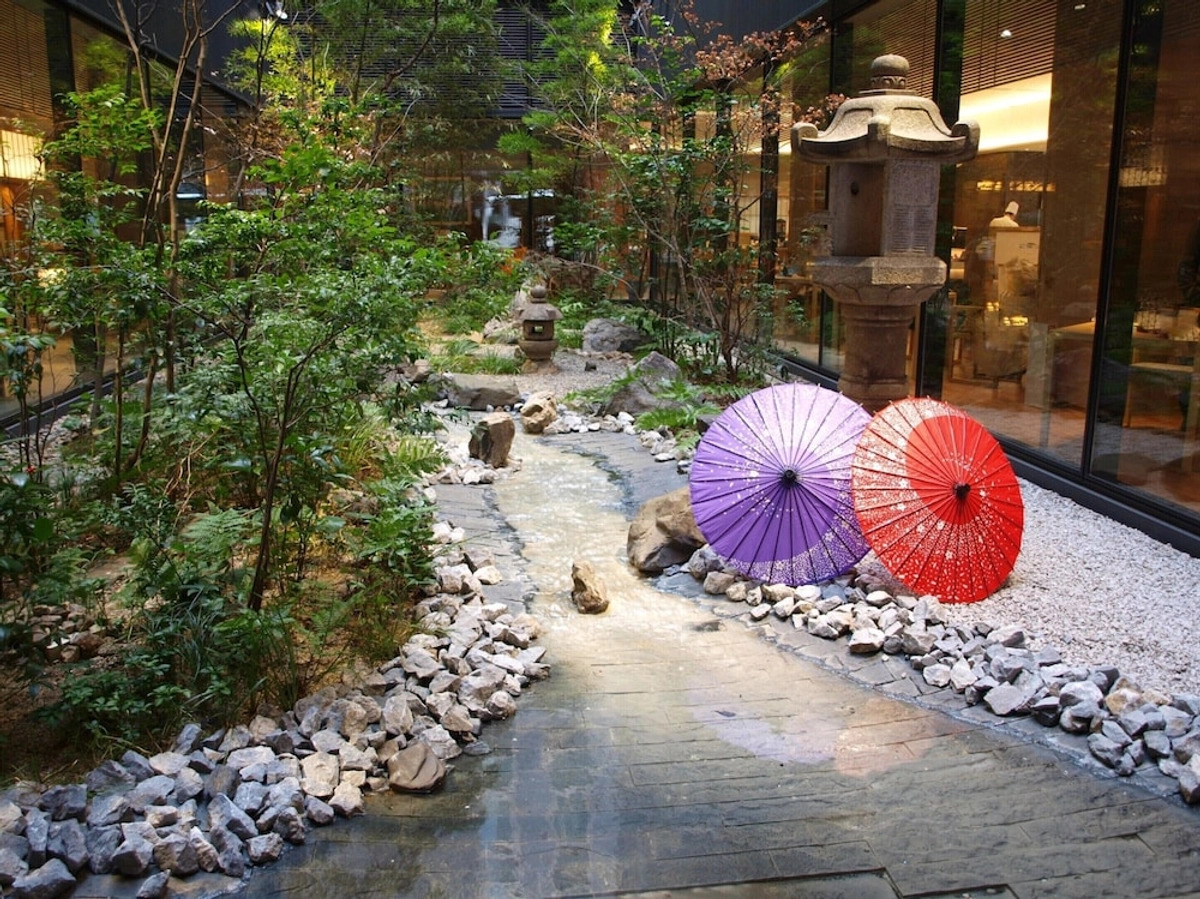



Recent Comments